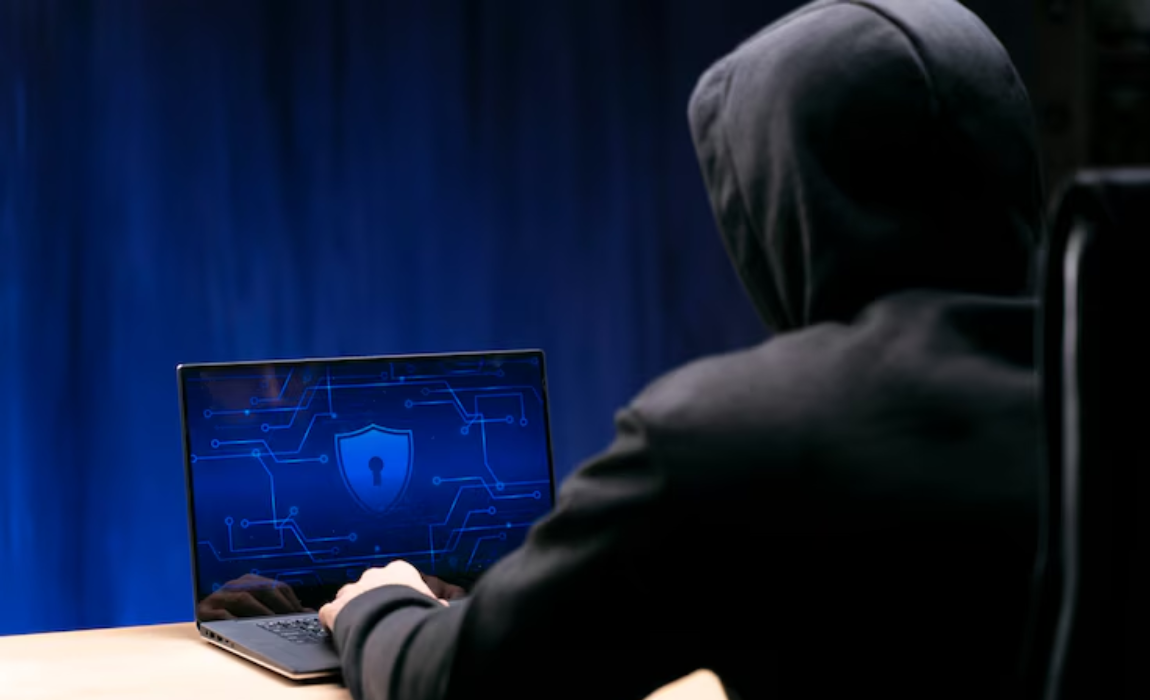
Cybercrime Trends in 2025: Legal Challenges in the Digital Age
As we move further into 2025, cybercrime is no longer just a tech issue—it has become a serious legal and societal threat. From ransomware attacks on hospitals and courts to deepfake videos used for fraud, the landscape of cybercrime is evolving faster than ever. Unfortunately, our laws and judicial system are struggling to keep up.
The modern cybercriminal is not just a lone hacker hiding behind a screen. Today, entire networks offer “ransomware-as-a-service,” allowing anyone to launch digital attacks for a price. These attacks don’t just target big companies anymore—public services like municipal offices, hospitals, and even judicial institutions have become frequent victims. Hackers demand payment in cryptocurrency, making them harder to trace and prosecute.
Adding to the concern is the misuse of Artificial Intelligence (AI). Deepfake technology, for example, is now so advanced that it can create videos that are nearly impossible to distinguish from real ones. Fraudsters use these fake videos to impersonate officials, manipulate public opinion, or blackmail individuals. The damage caused can be enormous, yet the current legal framework doesn’t adequately address these new forms of deception.
The rise of the Internet of Things (IoT)—smart devices connected to the internet—has also created new vulnerabilities. From home security systems to health-monitoring gadgets, many of these devices lack strong security protections. Hackers can exploit these weaknesses to invade personal privacy or launch large-scale attacks. When such crimes occur, it’s often unclear who should be held responsible: the manufacturer, the user, or someone else entirely?
At the heart of the problem is a legal system that hasn’t kept pace with technology. India’s main cyber law, the Information Technology Act of 2000, is now over two decades old. While it has seen some updates, it doesn’t cover many modern threats, like AI-generated crimes or biometric data theft. Courts are often left to interpret outdated laws in entirely new contexts, which leads to inconsistency and confusion.
Jurisdictional issues make matters even more difficult. Cybercrime doesn’t respect national borders. A criminal sitting in one country can target someone in another, using servers located somewhere else entirely. Investigating and prosecuting such crimes requires international cooperation, but the current process is slow and often ineffective. Treaties like the Budapest Convention offer some hope, but India has yet to join it.
One of the biggest challenges for the judiciary is dealing with digital evidence. Proving a cybercrime requires technical knowledge: Was the data manipulated? Is the source reliable? How was it obtained? Judges and lawyers often lack the training needed to handle such complex evidence, and our forensic infrastructure is still developing.
So, what needs to be done?
First, India urgently needs updated and comprehensive cyber laws. These should define and criminalize modern forms of cybercrime clearly and provide a framework for handling digital evidence. Second, judicial officers and law enforcement agencies need proper training in cybercrime investigation and digital forensics. Establishing specialized cybercrime courts could also help speed up justice. Finally, stronger international collaboration is necessary to tackle cross-border cyber threats effectively.
Cybercrime in 2025 is not just a technological problem—it’s a legal and moral one. As more aspects of our lives go online, the risks only grow. The judiciary must play a leading role in ensuring that justice is not lost in the digital maze. Laws must be made smarter, courts must be more tech-savvy, and the entire legal system must evolve to meet the challenges of the digital age. Only then can we hope to protect our rights, our data, and our democracy in this new era.
